Today I am pleased to be hosting a guest post written by Darryl King. Darryl is the founder of Jester Planet, a site that is dedicated to being a comprehensive guide to jesters throughout history. Writing under the pen name D.E. King, he is also the author of the In All Jest series. The epic fantasy series revolves around a secret society of Jesters who navigate changes to their world. Darryl lives on the Sunshine Coast, Australia. Over to Darryl!
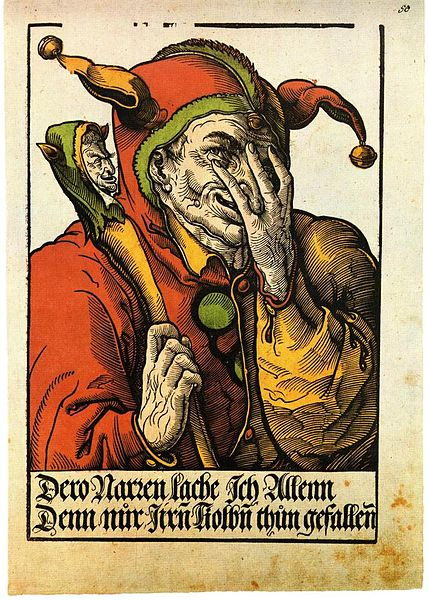
From the battlefield to the royal courts, the jester wore many hats (and very colourful ones at that). Jesters were highly skilled performers who used a mix of comedy, music, and sometimes even politics to entertain and influence the court.
What was a Court Jester?
You may have also heard the court jester being called a fool, buffoon, joker, or trickester. But did you know that Jesters were not just entertainers?
In fact, they were also storytellers, musicians, comedians, and sometimes even advisors. As Owlcation points out, jesters have fallen into being stereotyped. Often when people think of the jester, they think of an oaf who was almost clown-ish in appearance and dressed in bright colours while they entertained the masses. While this is true for some jesters, it’s important to understand the difference between the types of court jesters from medieval times.
Types of the Court Jester In The Medieval Period
There were two types of jesters that we saw in medieval times, and these were the “natural fool” and the “licensed fool”.
The natural fool was typically someone with a physical or mental disability who was perceived as amusing due to their unusual behaviour or appearance. These individuals were often taken into noble households and provided with food, shelter, and a role in entertainment. They were seen as innocently funny rather than intentionally witty. As Internet Shakespeare notes, “It was after all a society that found madness (mental illness) entertaining.”
The licensed fool, on the other hand, was a skilled performer who deliberately entertained through comedy, satire, music, juggling, and storytelling. These jesters were highly intelligent and could use sharp wit and wordplay to amuse, advise, or even critique nobles and monarchs. Unlike the natural fool, the licensed fool trained in various performing arts and was often granted freedom of speech at court, allowing them to mock or expose political and social issues without fear of punishment.
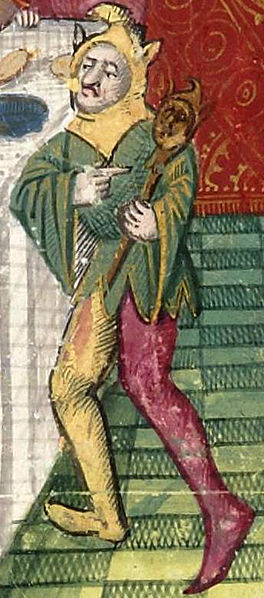
What Were Medieval Jester Tasks?
Some common tasks or duties for a medieval court jester could include anything from household duties to juggling, singing, or even farting on cue in the case of Roland the Farter. The medieval flatulist was provided with a manor and land in return for his jester services to King Henry II with the condition each year he would perform.
If we look at medieval jester history, not all fools were as well rewarded as Roland the Farter. Some jesters even had to put their lives on the line.
For the personal jesters of noblemen or kings during times of war, jesters were required to carry messages between leaders. This did not always end well for the poor fool and sometimes, the enemy would kill the messenger.
During wartime, the jesters were also deployed to raise morale and the spirits of the men readying to fight. Some accounts suggest they may have used their skills as a form of psychological warfare. By distracting or mocking the enemy, jesters could disorient or confuse soldiers, creating openings for their own side.
While they were traditionally seen as entertainers, jesters in medieval times were often far more than just the simple buffoons they are written off as.
The Tools of the Medieval Court Jester
The medieval court jester’s toolkit included various props, musical instruments, and costumes. Their trademark was often the “bauble” or “marotte,” a wooden sceptre decorated with a face resembling that of the jester themselves. This symbolised their role in the court as both entertainers and advisors.
What was their most important tool however? That was their sharp wit. They could provide the king with advice and information under the guise of comedy, often making poignant or satirical remarks disguised as jokes.
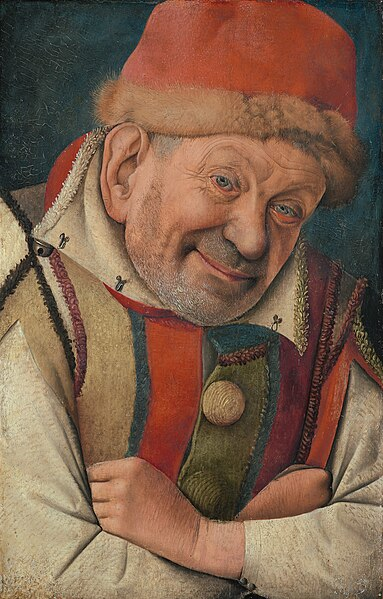
Although sometimes a jester would go too far, and the results could be disastrous. The jester Triboulet from the French court of King Francis I insulted the King’s wife. The King was furious and ordered the execution of the jester. In consideration of the jester’s long years of service, the King offered him a choice of how he wanted to die. Triboulet answered famously saying, “Good sire, for Saint Nitouche’s and Saint Pansard’s sake, patrons of insanity, I choose to die from old age.”
The King was so amused that he chose to only banish Triboulet rather than execute him, thus the jester was saved by the very wit that almost damned him.
Why Were Medieval Jesters so Popular?
Life in the medieval period was often harsh, unpredictable, and filled with struggles. With war, disease, and strict social hierarchies shaping daily existence, entertainment played a vital role in providing relief, distraction, and joy to people of all classes. Jesters were skilled in comedy, music, storytelling, and acrobatics, making them a source of amusement.
Beyond the court, jesters were central figures. Medieval festivals, fairs, and public gatherings were some of the only times people could enjoy leisure. These events featured jesters, musicians, actors, and acrobats, providing a sense of community and celebration. Many of these festivities were tied to religious holidays, harvests, or royal events, making them important social occasions.
Their performances brought joy to the masses, making them beloved public entertainers. Often a jester’s role would mingle with that of a bard or minstrel or even storyteller.
So What Was a Jester in the Medieval Period?
The jester was a figure with many varying roles throughout history. From witty commentary to flatulence and acts of bravery during war, the jester was a very colourful character.
At its core, a medieval jester was a professional entertainer, skilled in a wide array of acts designed to amuse, engage, and, occasionally, provoke. These entertainers used their talents in comedy, music, storytelling, acrobatics, juggling, and even magic tricks to provide light-hearted relief in an era often marked by hardships.
At its core, a medieval jester was a professional entertainer, but they were much more than that. Across history jesters manage to entertain, inspire and use their wit for better or worse. The medieval court jesters live on thanks to their colourful stories and even inspire modern performers and actors to this day.
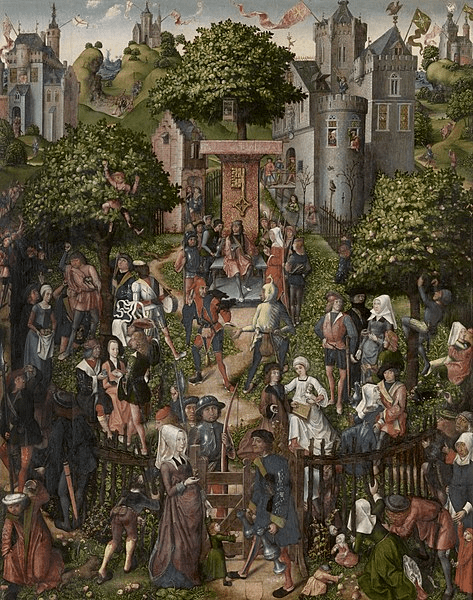
A big thank you to Darryl for his post, it’s certainly made me want to read up more on jesters! Make sure to check out his website and book series here.
Previous Blog Post: Book Review: “Lionessheart” by Catherine Hanley
Previous in Miscellaneous: Women in the Middle Ages
List of Blog Posts: here Blog Homepage: here
Buy my books via the pictures below! Or why not check out our shop?
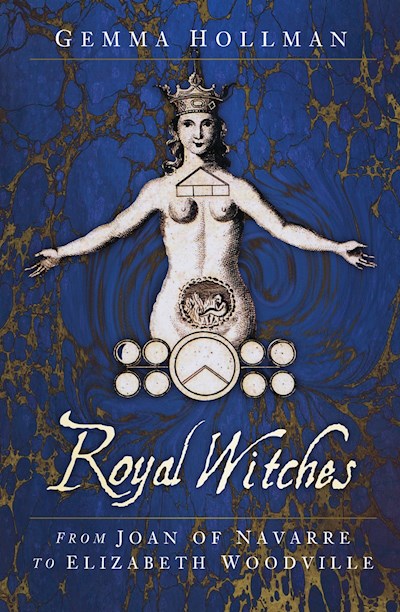
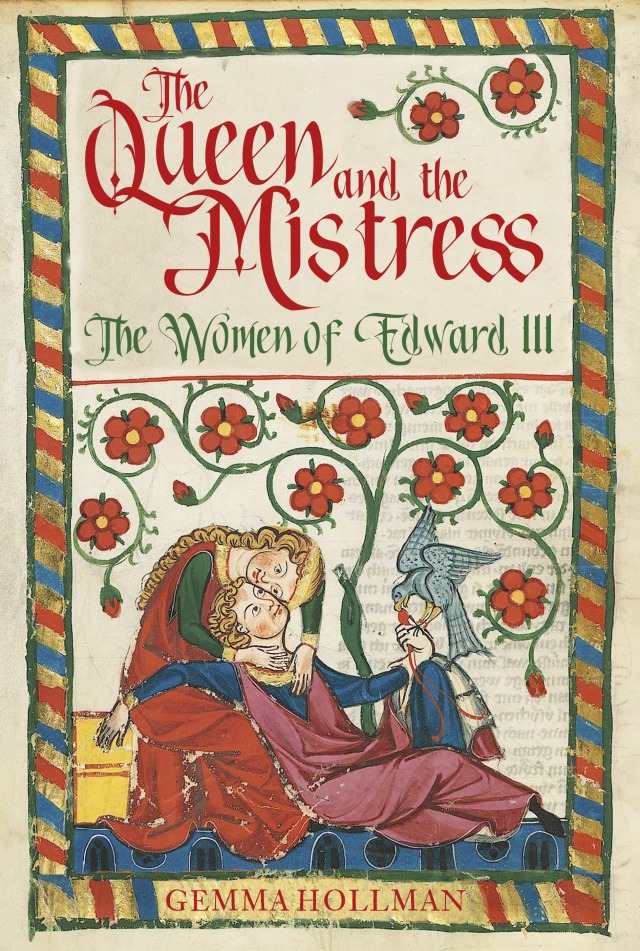
Follow us:
References:
Best, Michael. “Jesters and fools.” Shakespeare’s Life and Times. Internet Shakespeare Editions. University of Victoria, NaN undefined NaN. Web. 21 Mar. 2025. https://internetshakespeare.uvic.ca/Library/SLT/society/court%20life/fools.html.
History of the medieval Jester. (2023). Owlcation. Retrieved March 21, 2025, from https://owlcation.com/humanities/History-of-the-Medieval-Jester.
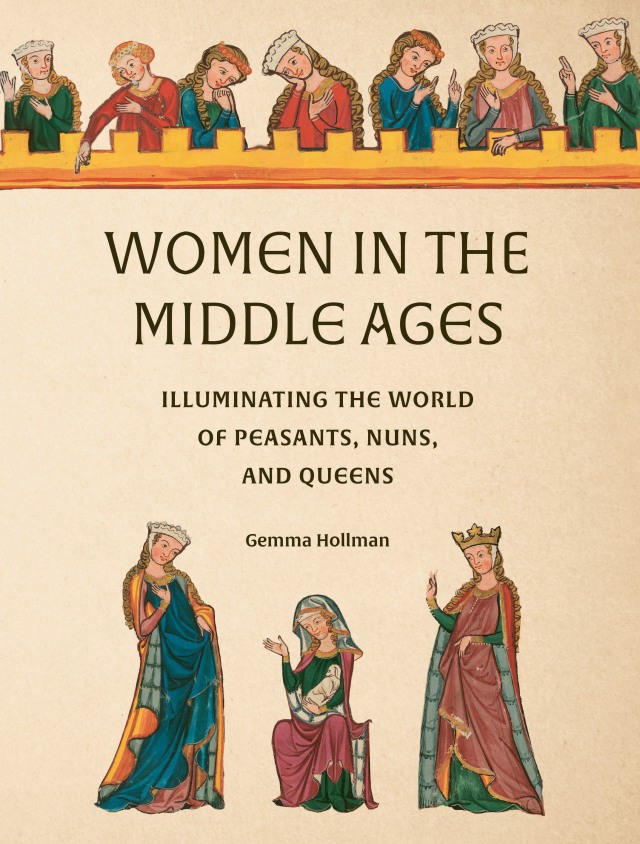
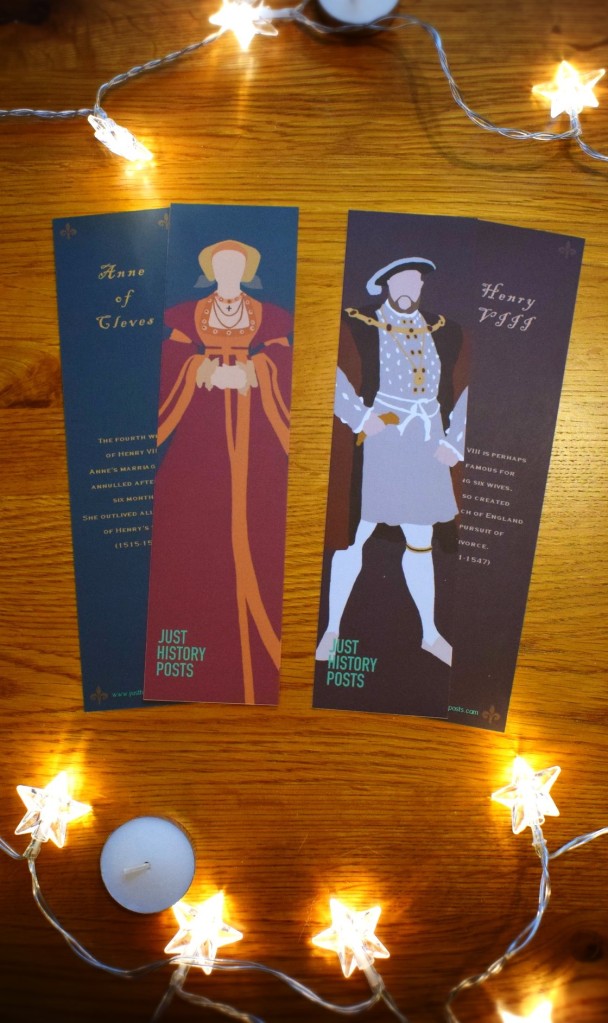


One response to “What Was A Court Jester In The Medieval Period?”
[…] Previous Blog Post: What Was A Court Jester In The Medieval Period? […]
LikeLike